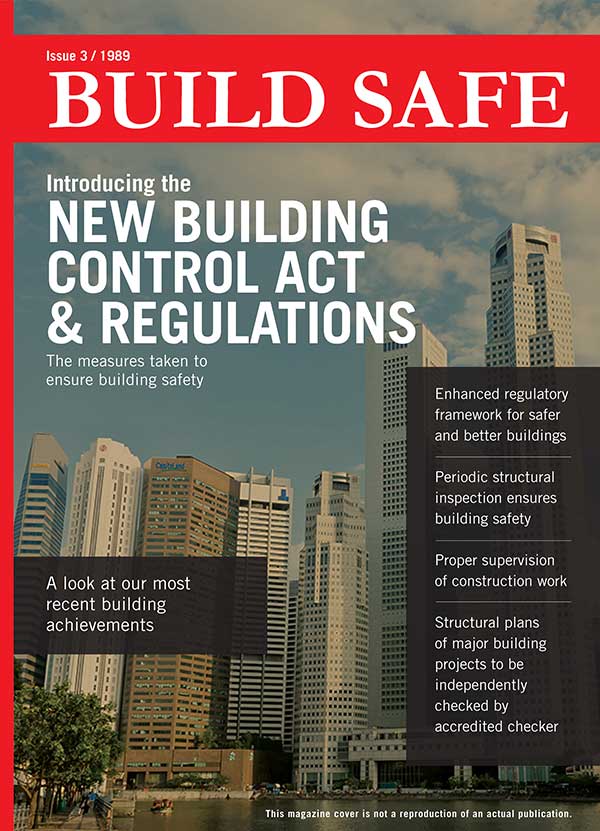When Singapore gained independence in 1965, it was dominated by kampongs, haphazardly constructed squatter housing, and shophouses that were overcrowded. Living conditions were deplorable, and building structures were unsafe.
To solve the housing situation of early Singapore, safe public housing was rapidly built. By overcoming numerous limitations in resources and early building techniques, as well as challenges in relocating slum residents, the backbone of the Singapore’s housing problem was broken.
As resettlement into newly built flats took place, rejuvenation of the city centre also began. Today, Singapore has emerged as one of the best places to live in the world.
Past Living Conditions
Kampong Life
Kampongs were the way of life for early settlers in Singapore. Occupying the rural and coastal regions of the island, kampong dwellings were stilt houses built with wooden walls and thatched roofs made with palm fronds, also known as "attap".
A family would rent a parcel of land from a landlord and be responsible for building the house to reside in, along with the bathroom and toilet, which was usually located outdoors.
Size, roof and flooring material depended on the financial ability of the occupants. Some families had access to a common standpipe for water, but many relied solely on wells, which they dug themselves, for their water supply. Electricity was uncommon, and kerosene lamps were the main source of light. Households used firewood and charcoal for cooking.
The renters could use the land as they wished. Fruit trees and vegetables such as jackfruit, rambutan, papaya, guava, tapioca, sweet potato, yam, leafy greens and poultry were commonly grown and raised to supplement the family’s meagre resources.
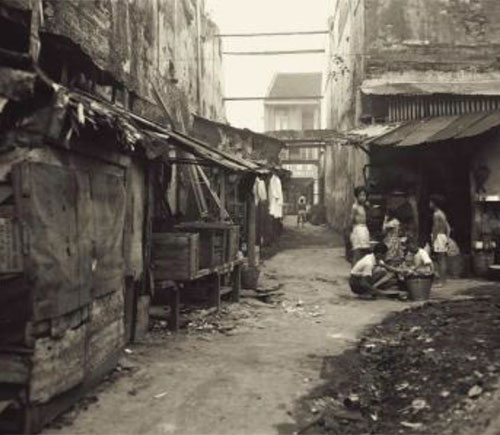
Kampong days
Village Life And Times In Singapore Revisited
Agriculture, Farming and Fisheries
Kampong dwellers depended mainly on agriculture, livestock farming and fishing to meet their daily needs and bring in extra income.
The Primary Production Department (PPD) was formed in 1959 to serve farmers more effectively and to improve the economic position of farmers. The PPD helped farmers to increase farming efficiency and manage animal health. PPD's work also included developing and producing vaccines for livestock.
In 1970, about 175,400 people (9% of total population) were actively engaged in agricultural activities, or were indirectly dependent on farming and fishing for a living.

Squatters, Shophouse Cubicles, and Slums
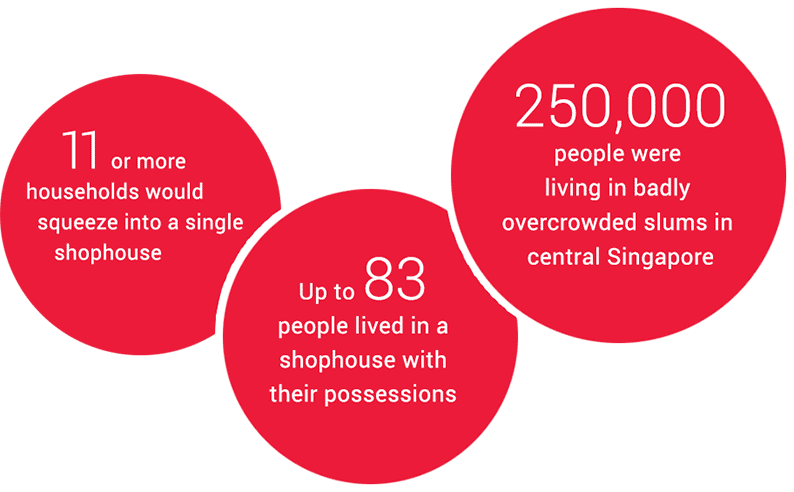
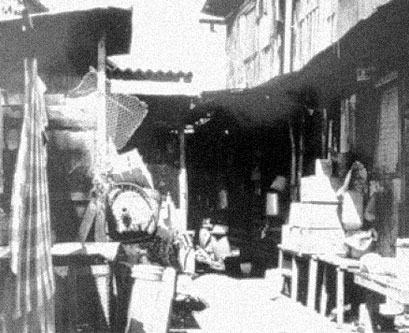
Squatter Housing
Courtesy of National Archives of Singapore.
Throughout Singapore’s pre-independence period, rapid immigration by settlers seeking opportunities and livelihood created housing shortages and proliferated the number and size of slums in the city.
Even the areas along city fringes were turned very quickly into rag-tag squatter settlements, poorly constructed of wood, tin and attap. This worsened the entire overcrowding and sanitation crisis.
An estimated 300,000 lived in semi-permanent shelters in squatter areas with no sanitation, utilities or healthcare, and another 250,000 in rented partitioned cubicles in old shophouses within the city.
“Underneath the staircase was a single plank. A man was lying on the plank. He had rented it. That was his home!”
— Mr Lim Kim San, 1st HDB Chairman, 1960-1963
Unsanitary Disposal of Waste
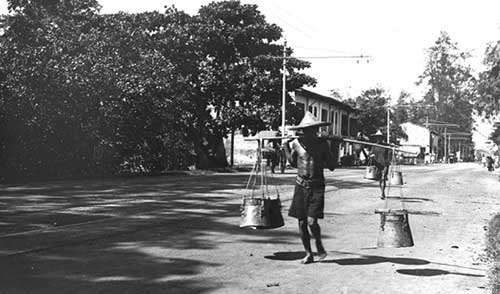
Night Soil Man
When full, a night soil man collected the buckets to dispose of their contents
Courtesy of National Archives of Singapore
Fire Hazard
Built from wooden planks and attap roofs, early squatter houses were fire hazards.
High population density meant that houses were crammed close to each other and walkways were excessively congested. This added to the risk of fire.

Close up of Squatter Housing
Living conditions were dismal and overcrowded, with high incidences of fire
Bed Sharing
Labourers in the past were so poor that many could not afford proper housing and could only rent beds.
A worker who worked at night would sleep during the day, and a worker on day shift would use the bed at night. Some of these workers even shared pants as they could not afford their own.
Building a New Singapore
Foundations for a New Singapore
Learn about the start of the Public Housing Programme! Dr Liu Thai-Ker reflects on the changing sentiment towards public housing, and a former kampong resident shares her experiences.
1 Feb 1960
The Housing and Development Board (HDB) was established to solve Singapore's housing problem.
Read More
“Home ownership helped to quickly forge a sense of rootedness in Singapore. It is the foundation upon which nationhood was forged”
— Lee Kuan Yew
Improving Building Quality
Hotel New World Collapse
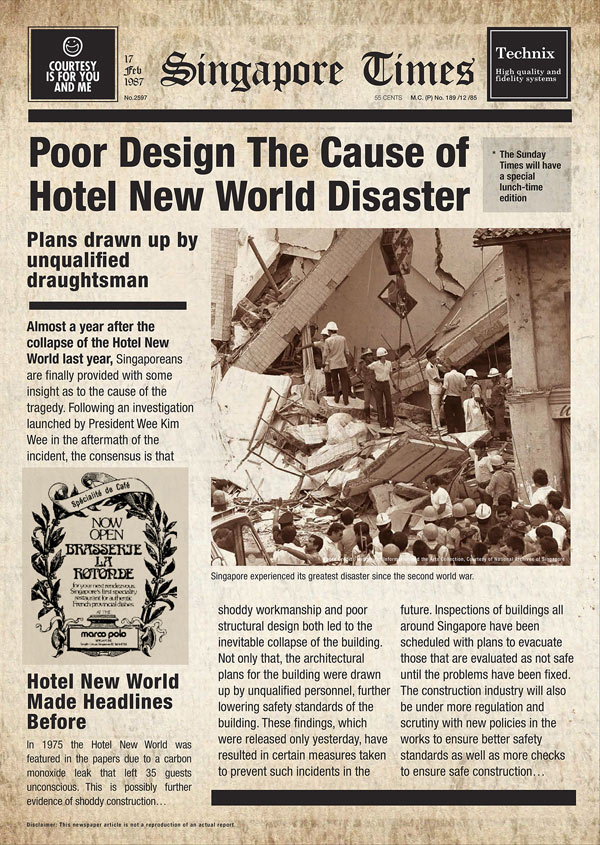
Building Safety
